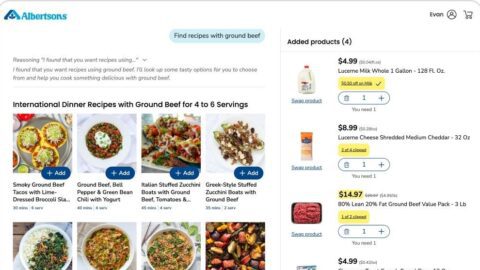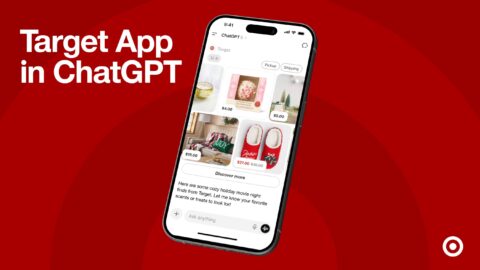Unilever’s estimated $1 billion acquisition of Dollar Shave Club in July had analysts debating about the potential shakeout for other subscription retailers. It looks like men’s grooming competitor Harry’s has already taken its first step to ramp up the rivalry with the decision to sell select products at Target — both online and in the store.
The move is distinctly different from the Dollar Shave Club transaction: the subscription brand opted to partner up with a retailer as opposed to selling itself to a CPG conglomerate. The differences in benefits for both sides are also quite stark; Dollar Shave Club gets the financing and the distribution network required to expand beyond its present markets, while Harry’s gets its products to a wider, in-person audience while still retaining a sense of exclusivity.
It was only a matter of time before Harry’s countered Dollar Shave Club, but the examples bring a sense of intrigue to the rest of the subscription industry, particularly those that have had initial success but struggled through their growth phases. Birchbox just raised a $15 million funding round from its current investors, but only after the beauty box seller couldn’t get new investors to budge. Although Birchbox was valued as high as $500 million in 2014, the retailer had two separate sets of layoffs, in January and June 2016, attributed to difficulty in achieving profitability. Birchbox has also shelved the idea of opening any brick-and-mortar stores beyond its Manhattan flagship.
The funding problems aren’t just limited to Birchbox. While venture capitalists pumped $500 million into the subscription retail category last year, these investors coughed up just $86 million as of June 2016, according to Dow Jones VentureSource.
Retailers Seek The Excitement Subscription Brands Generate
Target appears to be aiming to attract the men’s demographic that may otherwise just buy online. It’s feasible that other retailers seeking to differentiate their offerings to gain an “exclusive” edge on competitors could do the same for a beauty brand such as Birchbox. Given that subscription has seen an increase in players over the past few years, including Ipsy and Sephora’s Play, taking products to store shelves could move these brands in a new direction and potentially expose them to a bigger audience.
While convenience and novelty are two major elements of the subscription model that have cultivated brand loyalty, consumers still want to make choices from time to time during their shopping trips, either in stores or online.
If anything, Tier 1 retailers have more incentive to build out these kind of partnerships in today’s retail environment, especially if more subscription businesses go the way of Dollar Shave Club. With P&G introducing a direct-to-consumer subscription service for the Tide brand, there’s an indication that CPGs are more inclined to do their own selling without the middle man.
Bob Amster, Principal of Retail Technology Group, noted that he was unsurprised by the Harry’s/Target partnership in a RetailWire discussion: “This type of acquisition/merger is a trend that we will see continue for some time until consolidation has matured. Companies are purchasing the skill or specialty that they did not have and that they want. In the case of Dollar Shave Club/Unilever and Harry’s/Target, it is the ability to sell product by subscription. It is like the build vs. buy decision, but applied to a particular method of distribution. The difference between the two cases is that, in the Shave Club deal, the purchaser is not a retailer and that will hurt retailers while, in the Harry’s case, the purchaser is a retailer and may only hurt Target’s competitors, which is how one plays the game to win.”












